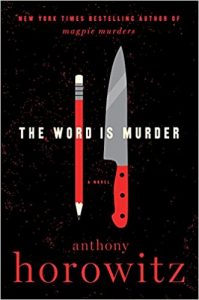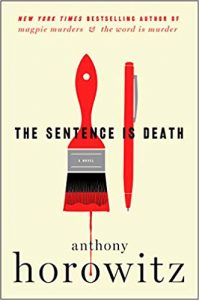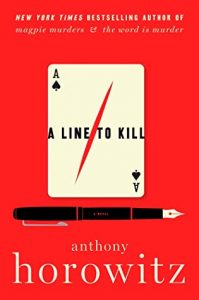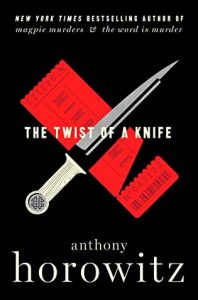 Dear Edna Sloane by Amy Shearn
Dear Edna Sloane by Amy Shearn Format: eARC
Source: supplied by publisher via Edelweiss
Formats available: paperback, ebook
Genres: epistolary novels, literary fiction
Pages: 250
Published by Red Hen Press on April 30, 2024
Purchasing Info: Author's Website, Publisher's Website, Amazon, Barnes & Noble, Kobo, Bookshop.org, Better World Books
Goodreads
Edna Sloane was a promising author at the top of her game. Her debut novel was an instant classic and commercial success, vaulting her into the heady echelons of the 1980s New York City lit scene. Then she disappeared and was largely forgotten. Decades later, Seth Edwards is an aspiring writer and editor who feels he’s done all the right things to achieve literary success, but despairs that his dream will be forever out of reach. He becomes obsessed with the idea that if he can rediscover Sloane, it will make his career. His search for her leads to unexpected places and connections, and the epistolary correspondence that ensues makes up this book, a novel infused with insights and meditations about what our cultural obsession with the "next big thing" does to literature, and what it means to be a creative person in the world.
My Review:
There are plenty of variations on the saying that “Writing is easy. You just open a vein and bleed.” (I’ve always thought this was Hemingway, but a bit of Google-Fu turns up an earlier attribution to sports writer “Red” Smith in 1949.
But the story in this book has things a bit differently – at least from a certain literary point of view.
Writ-ING is actually easy, full stop. Lots of people do it every day in one form or another. We may not write letters much anymore, but we “tweet” tweets – or we did when it was called ‘Twitter’. Do people now ‘ex’ on X? (Just those types of digressions are common in the correspondence that makes up the bulk of this epistolary novel.)
Whatever tweets are called these days, we also write emails, memos and reports, caption Facebook and Instagram posts and text each other incessantly. It’s all writ-ING. Which doesn’t mean that any of it is either good or effective – just that it happens a lot more than we think it does.
But we’re not writ-ERS, and that difference is a big part of what this book is exploring.
Once upon a time in the 1980s, Edna Sloane was a young WRITER, a debut novelist, a literary wunderkind, whose first novel, An Infinity of Traces, took the book world by storm and became an instant classic.
Then she disappeared from the scene – at least the literary scene. The speculation was endless – even without social media as we know it today. Whether Edna Sloane was murdered, kidnapped, walked away on her own recognizance or got locked up in an institution of one kind or another, the woman was nowhere to be found.
Agatha Christie famously disappeared in 1926 but she was found in a spa hotel two weeks later. Edna Sloane wasn’t found at all until a junior editor at an online literary magazine tracked her down in 2017.
Dear Edna Sloane, the book, is the cumulated correspondence between the titular novelist, now nearing 60, and Seth Edwards, the young would-be writer who pretends he’s pursuing the elusive Sloane for an article to save his job. What he’s really doing is pouring out all of his own angst about just how difficult it is to be a WRITER no matter how desperately he tries to hold onto his dream.
And Edna answers. Not with platitudes, but with truth – the kind of truths that her own novel was so rightfully famous for. Seth’s quest for Edna brings Edna back into the world – even as it echoes the plot of her famous novel and pushes him out of it.
Escape Rating B-: There’s a life imitates art imitates life aspect to this story that draws the reader in more than one might expect – certainly more than this reader expected. At the same time, it is also very, ‘lit-ficcy’ in that there’s not a lot of action but there is a ton of angst.
That it doesn’t wallow in itself or its angst – in other words, that it goes about its business without getting carried away endlessly – makes it a relatively short bit of literary fiction, and the quest to find Edna Sloane carries the story along even though the events that take place around it fade into the background more than a bit – much as Seth does in the end.
What Seth’s side of the correspondence brings to the table – or screen – is his desperation to hang onto a dream that is slipping away. Seth is caught on the horns of the dilemma about the circus worker stuck with the job of cleaning up elephant poop who won’t leave because he’d have to give up show business.
Edna, on the other hand, brings back the heady, glorious days of the literary scene in the 1980s, even as she puts perspective on just how naive and innocent she was in her 20s – just as Seth is now. She also stands at the crossroads of her own dilemmas. Then, it was about balancing so-called ‘real life’ with her burning need to write – and being forced to choose and adopt a persona that would get her through the day and get the work of living done.
As well as discovering that she could either be feted for the work or do the work when it came to writing, but not both. Writing was easy, but being a writer in the sense of being part of the star-making machinery and finding a way to support herself as a writer was damn hard and in the end she set it aside even if that was not what she planned or desired.
And yes, there’s plenty about the emotional labor of women in that part of her life but it’s not the whole of the thing at all.
Still, Edna needs her writing to reconcile her past – and even more so the effect of her father’s past as a Survivor (of Auschwitz) – whether she’s feted or celebrated for it or not. So she’s never really stopped, even when it seemed like she really, truly, seriously had stopped. She stopped being ‘a writer’ but that vein was still open so she never stopped writing after all.

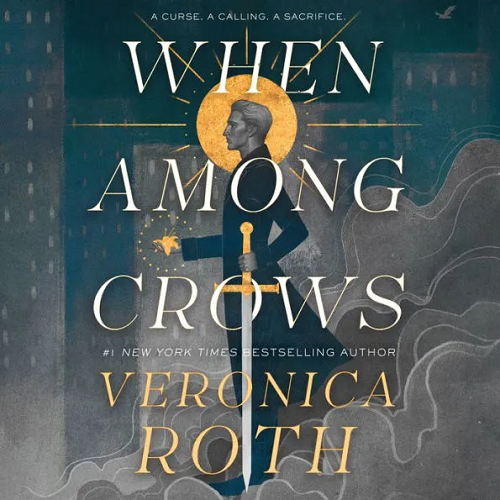 When Among Crows by
When Among Crows by  At the same time, the way this story drew in so many Slavic myths and legends that I itched for a mythopedia (I was driving, that would have had terrible consequences) reminded me, a lot and very fondly, of Neil Gaiman’s
At the same time, the way this story drew in so many Slavic myths and legends that I itched for a mythopedia (I was driving, that would have had terrible consequences) reminded me, a lot and very fondly, of Neil Gaiman’s 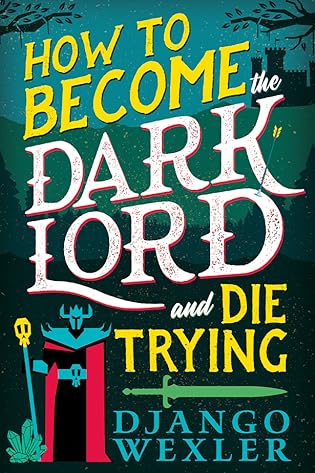 How to Become the Dark Lord and Die Trying (Dark Lord Davi, #1) by
How to Become the Dark Lord and Die Trying (Dark Lord Davi, #1) by  Because it’s not
Because it’s not 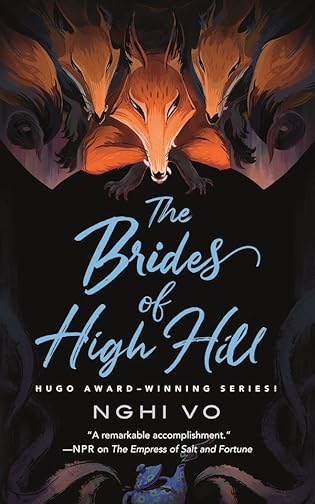 The Brides of High Hill (The Singing Hills Cycle, #5) by
The Brides of High Hill (The Singing Hills Cycle, #5) by 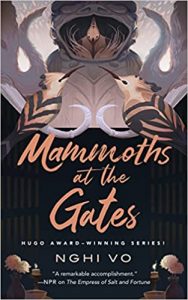 When we first catch up with Cleric Chih as they are accompanying bride-to-be Pham Nhung and her family on their trip to make the final negotiations for Pham Nhung’s marriage to the older and much wealthier Lord Guo, the reader has the sense that they remember when Chih met Nhung at the gates of the Singing Hills Abbey back in the previous book,
When we first catch up with Cleric Chih as they are accompanying bride-to-be Pham Nhung and her family on their trip to make the final negotiations for Pham Nhung’s marriage to the older and much wealthier Lord Guo, the reader has the sense that they remember when Chih met Nhung at the gates of the Singing Hills Abbey back in the previous book, 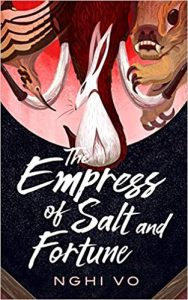 Escape Rating A-: From the very first book in the
Escape Rating A-: From the very first book in the 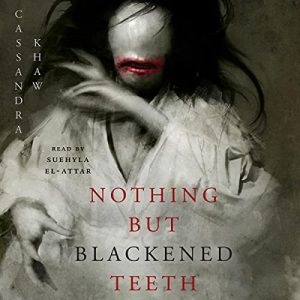 At the very beginning of The Brides of High Hill, Cleric Chih is remembering his late mentor, Cleric Thien, and an occasion where Thien told Chih that “Everything starts with a story,” and a very young and not yet cleric Chih asks, “But what does that mean?”
At the very beginning of The Brides of High Hill, Cleric Chih is remembering his late mentor, Cleric Thien, and an occasion where Thien told Chih that “Everything starts with a story,” and a very young and not yet cleric Chih asks, “But what does that mean?”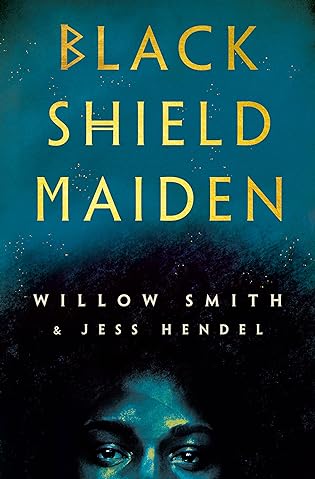 Black Shield Maiden by
Black Shield Maiden by  Escape Rating A-: I came to this book by an odd route. I watched a playthrough of
Escape Rating A-: I came to this book by an odd route. I watched a playthrough of 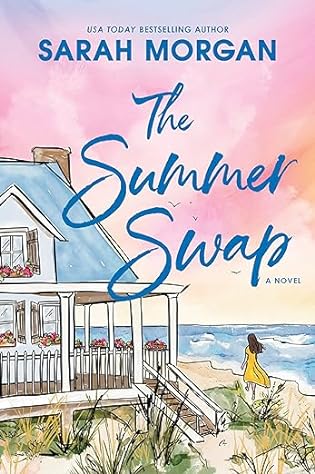 The Summer Swap by
The Summer Swap by  Escape Rating A-: I picked this up because I absolutely fell in love with
Escape Rating A-: I picked this up because I absolutely fell in love with  I did figure out Cecilia’s big secret fairly early on – but there was still an impact in seeing it revealed to the others and the way in which it was revealed. At the same time I was never quite sure exactly what the stumbling block was in Lily’s romance but was happy to see her happy all the same. And I was thrilled to see Cecilia get her own second-time-around HEA because she’d earned it, deserved it and was utterly entitled to it. I left the story still not sure how to characterize Kristen’s progress – but on the other hand, I’m not sure she is yet either.
I did figure out Cecilia’s big secret fairly early on – but there was still an impact in seeing it revealed to the others and the way in which it was revealed. At the same time I was never quite sure exactly what the stumbling block was in Lily’s romance but was happy to see her happy all the same. And I was thrilled to see Cecilia get her own second-time-around HEA because she’d earned it, deserved it and was utterly entitled to it. I left the story still not sure how to characterize Kristen’s progress – but on the other hand, I’m not sure she is yet either. People in Glass Houses (Ghost Hunters, #16) by
People in Glass Houses (Ghost Hunters, #16) by 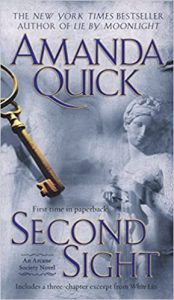 Escape Rating A-: Once upon a time, a historical romance author writing under the name of Amanda Quick introduced an organization of physically adept practitioners and mad scientists into her Victorian Era set romances – and the
Escape Rating A-: Once upon a time, a historical romance author writing under the name of Amanda Quick introduced an organization of physically adept practitioners and mad scientists into her Victorian Era set romances – and the  As is often the case in the entire extended
As is often the case in the entire extended 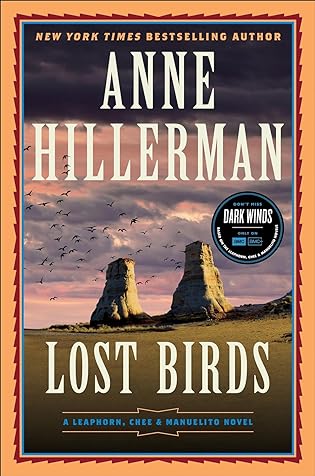 Lost Birds (Leaphorn, Chee & Manuelito #27) by
Lost Birds (Leaphorn, Chee & Manuelito #27) by 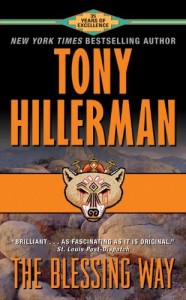 Especially, but absolutely not exclusively, to the ‘Legendary Lieutenant’ himself, retired Navajo Nation Police Lieutenant Joe Leaphorn – the original protagonist of this series back when it began back in 1970 in
Especially, but absolutely not exclusively, to the ‘Legendary Lieutenant’ himself, retired Navajo Nation Police Lieutenant Joe Leaphorn – the original protagonist of this series back when it began back in 1970 in 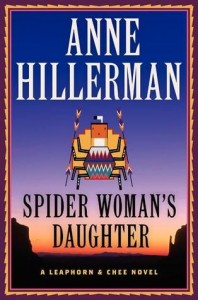 All of which made Lost Birds another enthralling chapter in this long-running saga. While I don’t think a new reader would need to start back at the very, very beginning, picking this series up with
All of which made Lost Birds another enthralling chapter in this long-running saga. While I don’t think a new reader would need to start back at the very, very beginning, picking this series up with 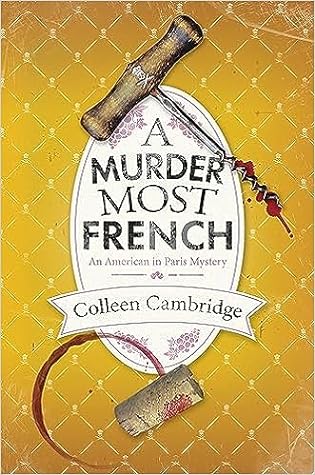 A Murder Most French (American In Paris Mystery, #2) by
A Murder Most French (American In Paris Mystery, #2) by 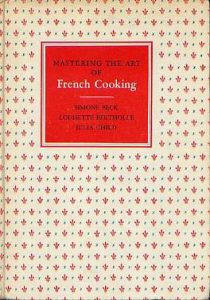 Julia Child is too busy learning French cooking, living her larger-than-life life in Paris AND at the beginning of writing her masterpiece,
Julia Child is too busy learning French cooking, living her larger-than-life life in Paris AND at the beginning of writing her masterpiece, 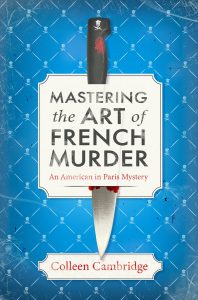 Escape Rating A+: If you loved the first book in this series – and who didn’t? – you will run, not walk to get this second book because it’s every bit as charming as the first. If you still need a bit of convincing, I’m going to get right to that.
Escape Rating A+: If you loved the first book in this series – and who didn’t? – you will run, not walk to get this second book because it’s every bit as charming as the first. If you still need a bit of convincing, I’m going to get right to that.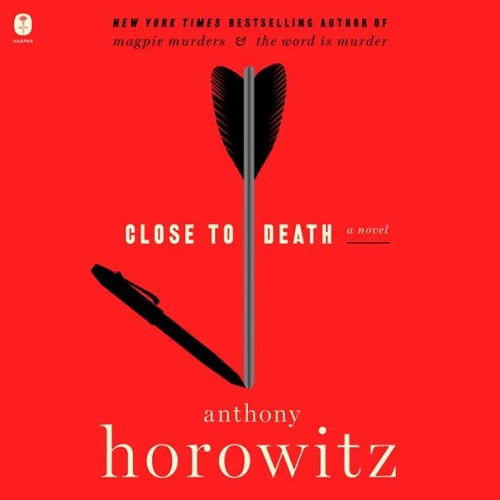 Close to Death (Hawthorne & Horowitz, #5) by
Close to Death (Hawthorne & Horowitz, #5) by 